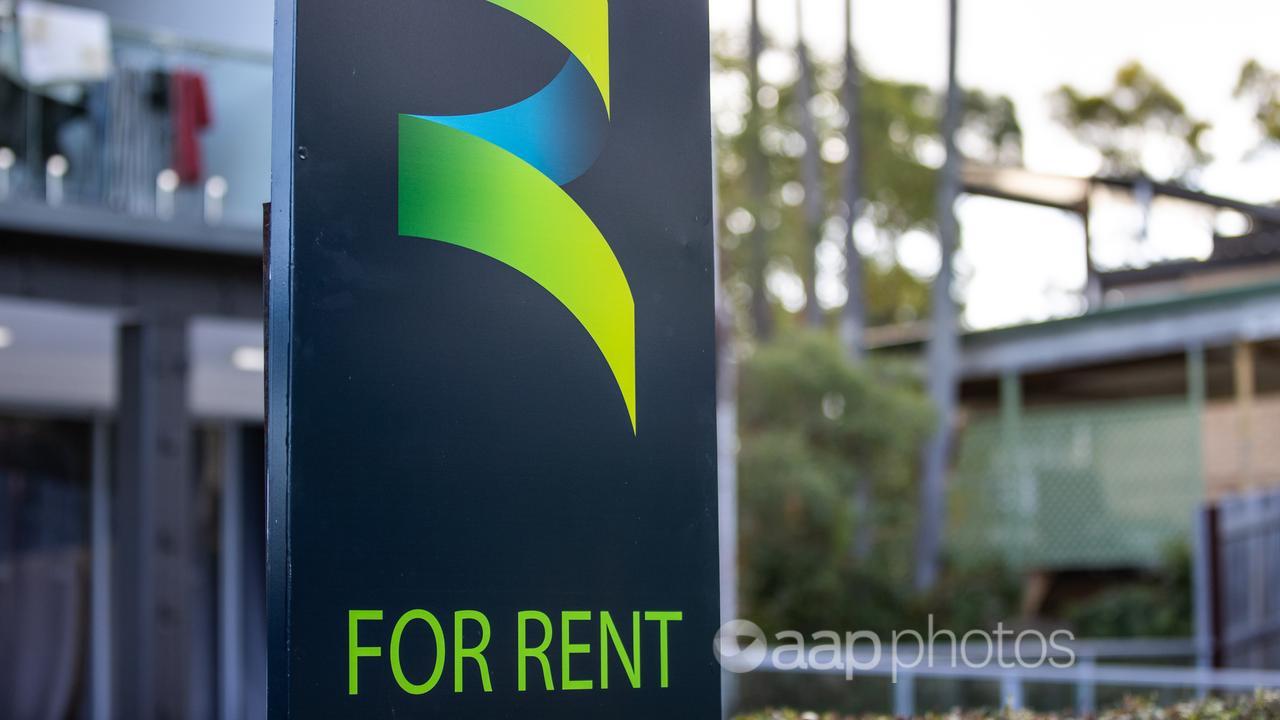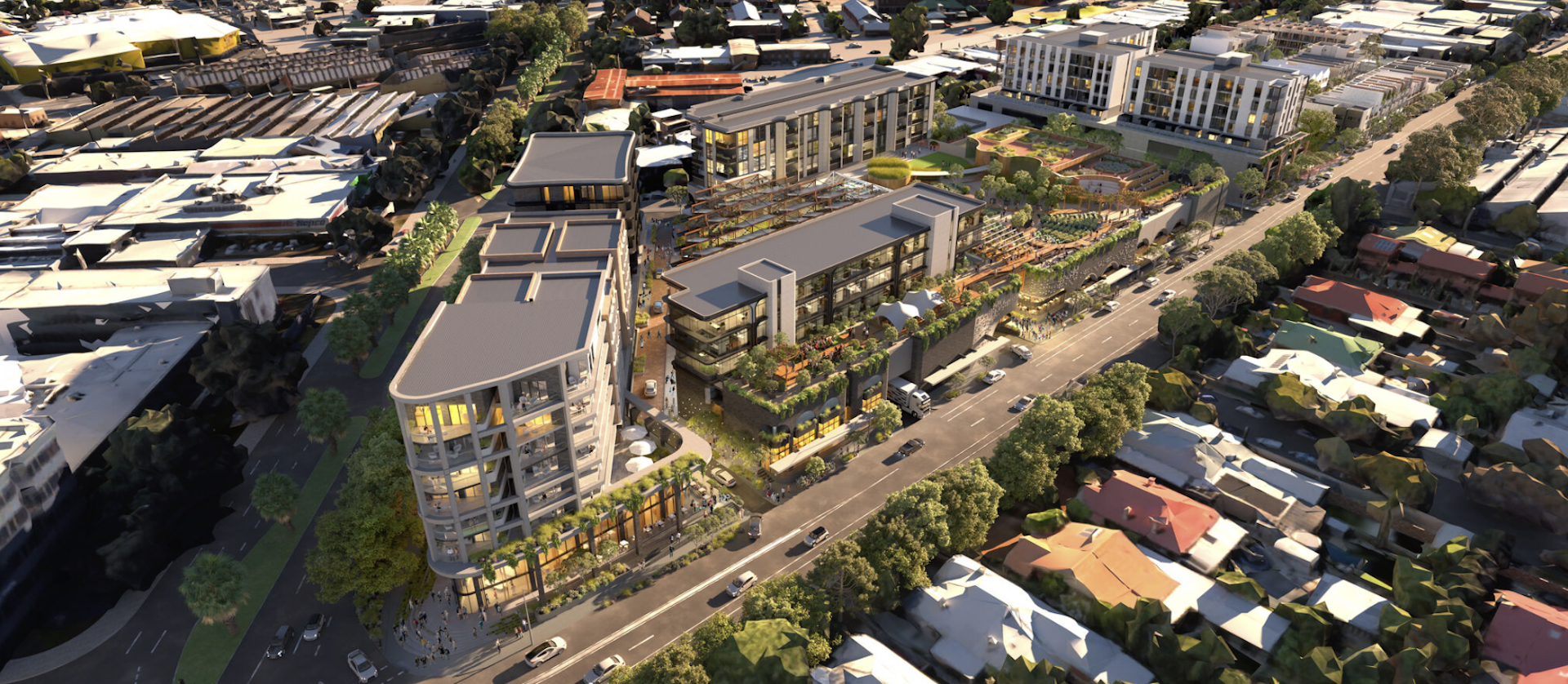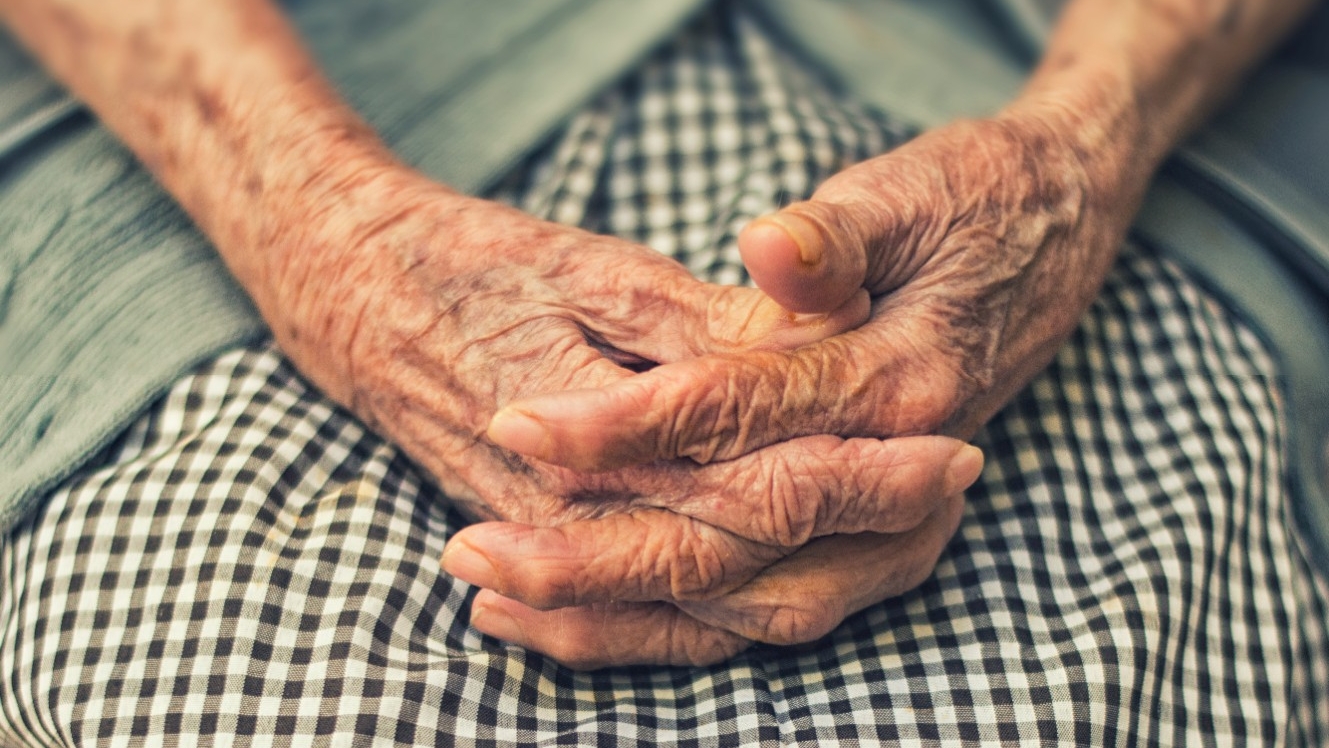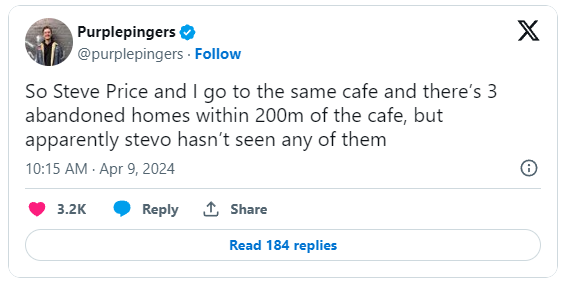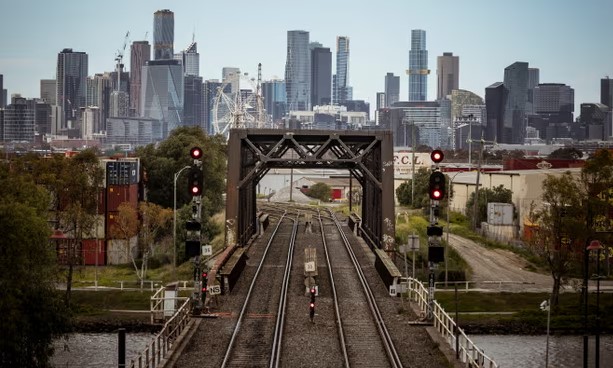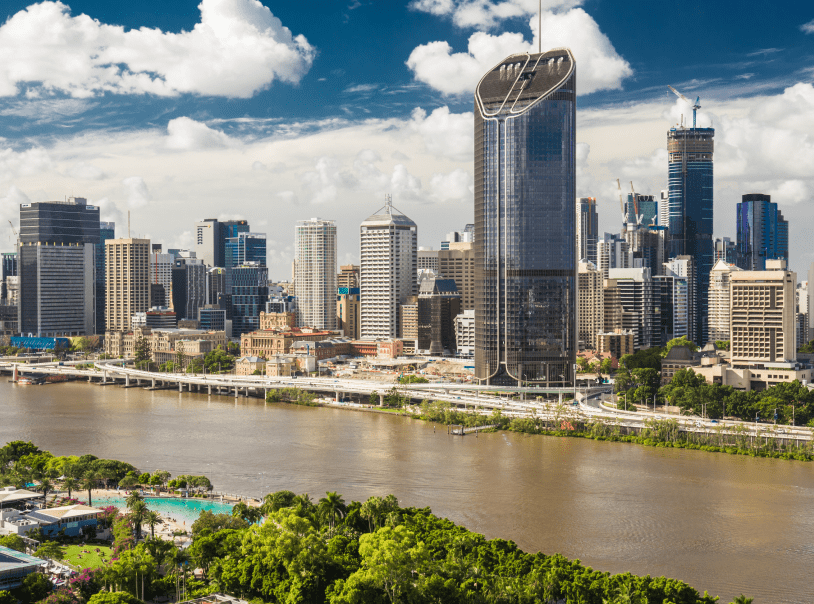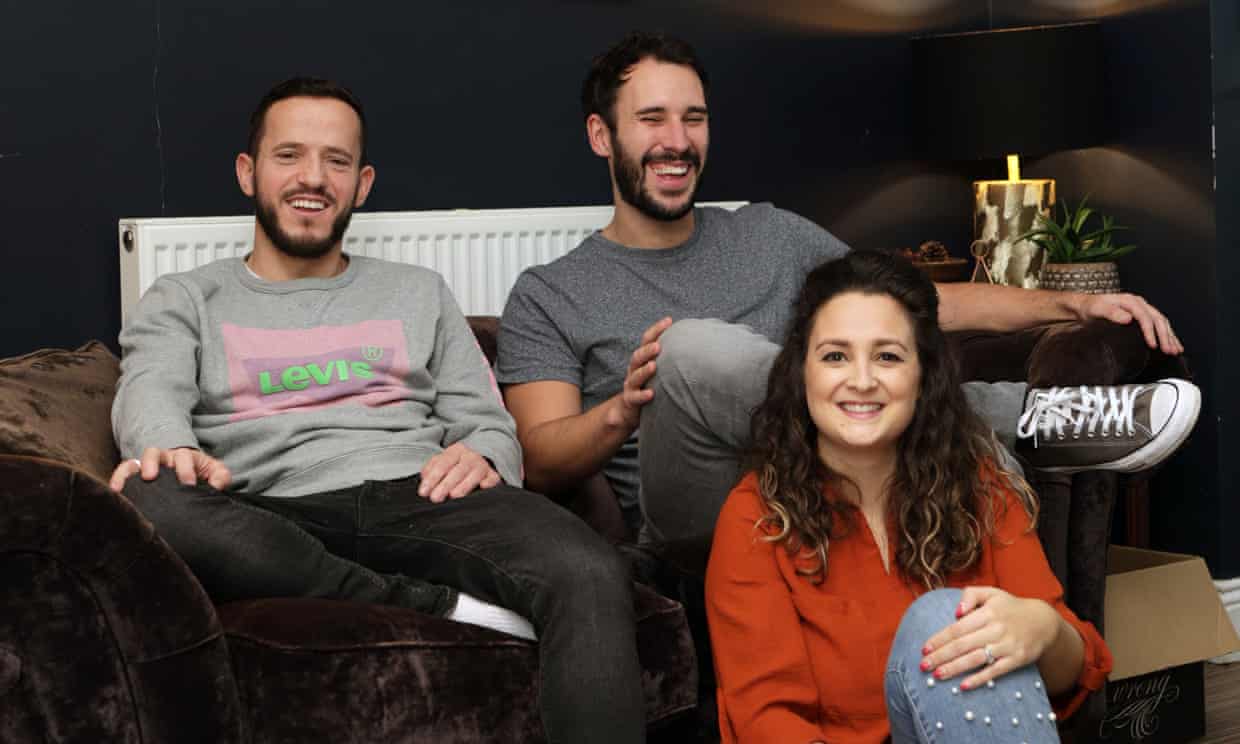The Australian dream of owning your own home is being “crushed” by rising rents and over-inflated house prices, a new…
Infill development is an increasingly hot topic in Australian cities. It involves building on unused or underutilised land within existing urban areas….
Housing is the social issue of the 21st century, German politicians and experts say time and again. And yet there’s…
Maxine Ho, AIRP Vancouver Undergraduate Research Assistant, talks about her experiences interviewing older adults experiencing housing precarity and living in…
A rental advocate gathering information about empty homes for squatters has defended his controversial plan to help Aussies “camp out” in an…
Many property investors in [Melbourne] are asking questions about converting their existing properties to rooming houses. An explosion of interest…
- Queensland Statewide (all regions)
Margot Kushel is having the moment she never wanted to have. Dr. Kushel is an internist at the University of…
- Queensland Statewide (all regions)
Thousands of Tasmanians have been left languishing on the state’s growing housing waiting list, new figures reveal, with the list…
- Queensland Statewide (all regions)
Austerity measures have affected our country and, particularly, our community. Food banks and homelessness have increased so dramatically that we…
- Queensland Statewide (all regions)
There are calls for the Federal Government to address housing as a core component of support for family violence victims…
- Queensland Statewide (all regions)
So how should we respond to the Chris? Although it is often undertaken with the best of intentions, the answer…
- Queensland Statewide (all regions)
A private member’s bill, moved by Labor MP Josh Burns, recently called on the Australian government “to help build more affordable…
- Queensland Statewide (all regions)
Fresh analysis has claimed the Coalition’s new housing deposit scheme worsens inequality and fails to address wider problems in the…
- Queensland Statewide (all regions)
Renting or owning a home in Australia has become more expensive over recent decades. But in the United States and…

